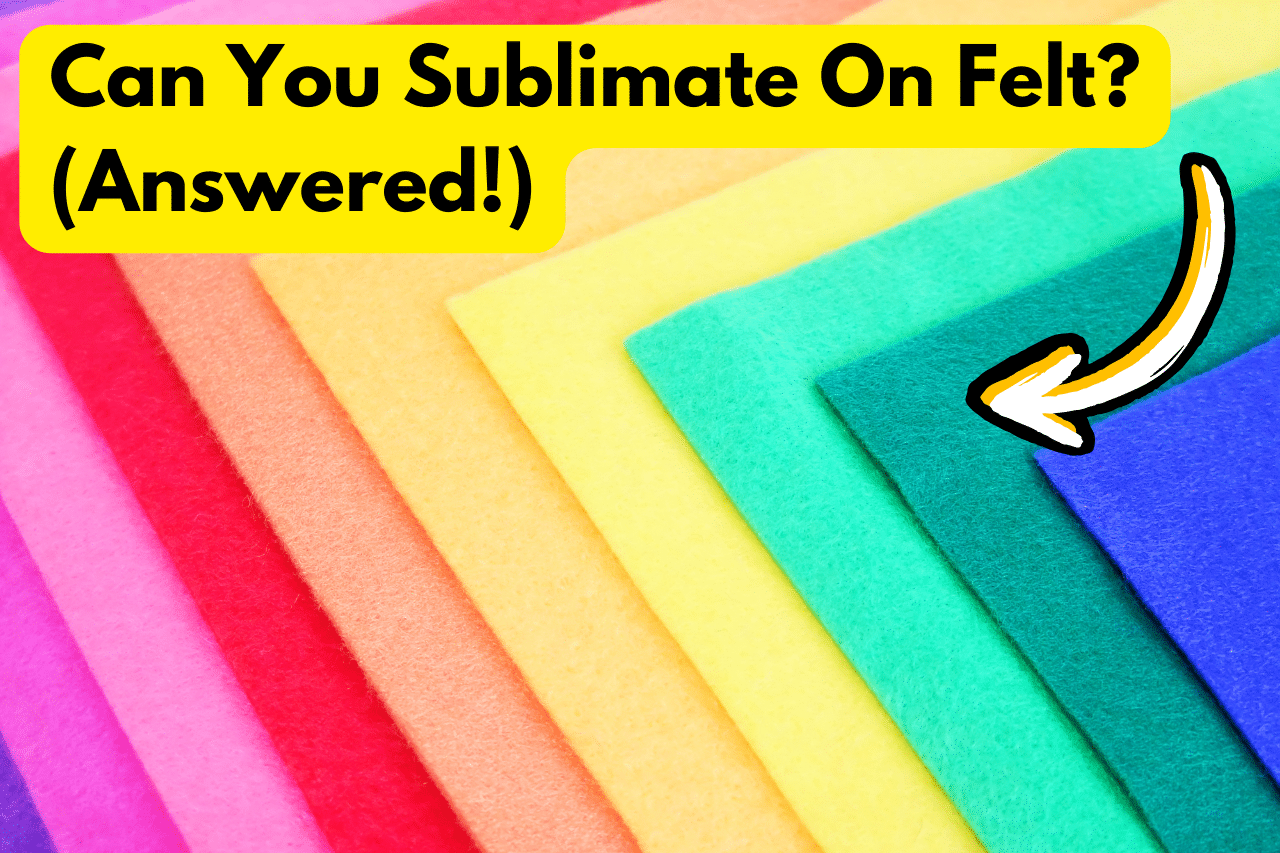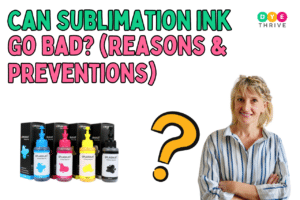Have you ever wanted to add vibrant designs and patterns to felt items like coasters, ornaments, or accessories?
If so then this article is for you!
In this article, we’ll explore ‘Can you sublimate on felt?’ We’ll take a closer look at the different types of felt materials and discuss which ones are suitable for sublimation printing.
You’ll learn about the factors that can affect the success of this process, as well as the valuable tips and tricks to help you achieve the best results when working with felt.
So, whether you’re a professional or a beginner looking to explore new techniques, this article will guide you through everything you will need to know before sublimating on felt.
So, let’s get started!
you may also like:
- Can You Remove Sublimation Ink from Different Blanks?
- What Is Sublimation Glass? (Features & Process)
- Butcher Paper vs Parchment Paper For Sublimation
- Can You Sublimate On Satin? (Mystery Solved!)
Can You Sublimate on Felt?
The short answer is yes, you can sublimate on felt, but it’s essential to understand that the success of this process depends on the type of felt material you’re using.
Sublimation works best on felt made from 100% polyester or materials with a high polyester content. Polyester felt is ideal for sublimation because the ink can effectively adhere to the synthetic fibers during the heat press process.
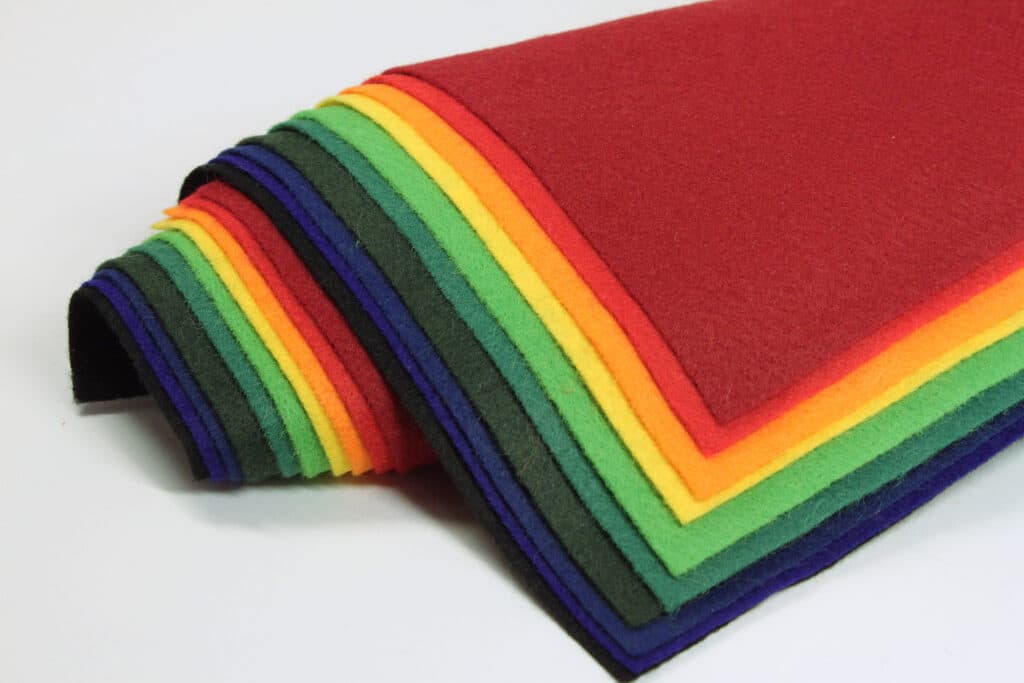
The ink transforms into a gaseous state, penetrating the fabric and becoming a permanent part of the material.
On the other hand, sublimation is not recommended for felt made from natural fibers like wool or blends with a low polyester content. These materials won’t accept the ink effectively, resulting in poor color vibrancy and adherence.
There are a few factors to consider before sublimating on felt:
How to Sublimate on Felt
If you’re ready to explore sublimating on felt, here’s a general process to follow:
1. Prepare the Felt
Ensure the felt surface is clean and free from debris before sublimation. Testing on scrap pieces is recommended to gauge ink absorption and optimize your settings.

Before starting the sublimation process, it’s crucial to prepare the felt surface properly. Any dirt, dust, or debris on the felt can potentially interfere with the ink transfer and result in an uneven or flawed design.
2. Set Up the Heat Press
Consult the manufacturer’s guidelines for your specific felt material and thickness to determine the ideal heat press temperature and time settings.

Different types and thicknesses of felt may require varying heat press settings to achieve optimal sublimation results.
In general, most polyester felts tend to require a temperature range of 375°F to 400°F (190°C to 204°C) for successful sublimation. However, this can vary depending on the felt’s thickness, density, and composition.
3. Position the Transfer Paper
Place the sublimation transfer paper (printed side down) onto the felt, ensuring proper alignment and smoothness.
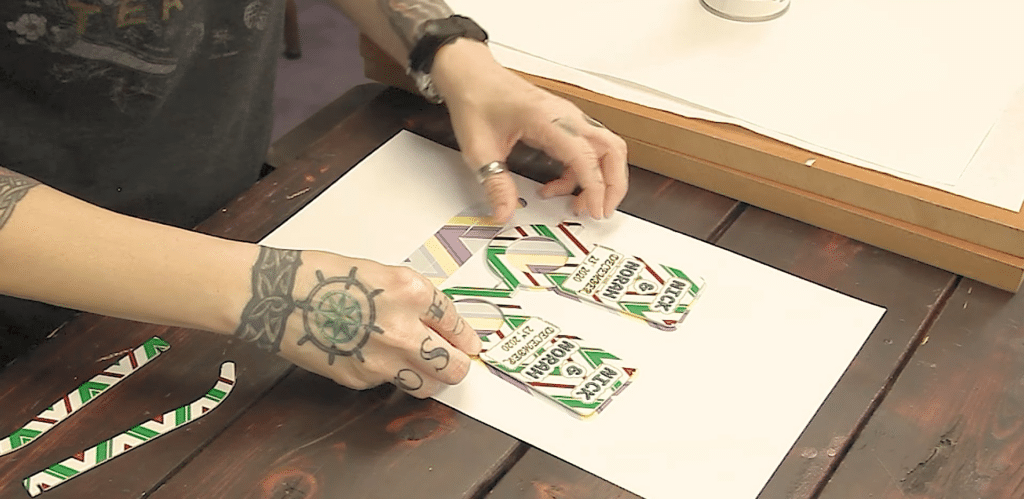
Start by placing the felt material on a flat, heat-resistant surface, such as a heat press pad or a sturdy tabletop. Gently smooth out any wrinkles or creases in the felt to create an even surface.
Next, carefully position the sublimation transfer paper (printed side down) onto the felt, aligning it with the desired placement of your design.
4. Heat Press
Apply the recommended pressure and heat press according to the specified time and temperature settings.
As determined earlier, follow the recommended temperature and time settings for your specific felt material. Typically, polyester felts require temperatures ranging from 375°F to 400°F (190°C to 204°C) & press times of 30 seconds to 1 minute.

Regarding pressure, it’s generally recommended to use light to medium pressure when sublimating on felt. Too much pressure can cause the ink to bleed, while too little pressure may result in incomplete ink transfer or poor adherence.
5. Cool and Remove
Allow the felt to cool completely before removing the transfer paper. Gently peel off the transfer paper to reveal the vibrant sublimated design.
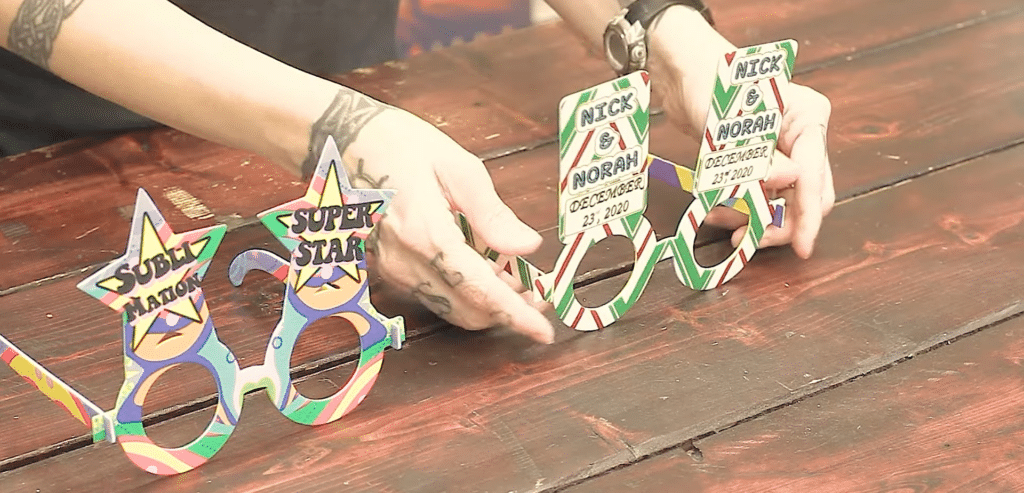
Once the felt has cooled to room temperature, gently peel off the transfer paper, taking care not to damage the surface of the felt. The sublimated design should now be visible, with the ink having permanently bonded with the felt.
After successfully removing the transfer paper, take a moment to admire your sublimated felt design!
Tips for Sublimating on Felt
To achieve the best results when sublimating on felt, consider the following tips:
- Use High-Quality Materials: Invest in high-quality sublimation ink and transfer paper designed for tricky fabrics like felt. This will help ensure optimal ink penetration and vibrancy.
- Experiment with Pressure: While light to medium pressure is generally recommended, you may need to experiment with different pressure levels to find the sweet spot that works best for your specific felt material and thickness.
- Consider Coated Felt: Some manufacturers offer coated or specially treated felts designed specifically for sublimation. These products can enhance ink absorption and produce vibrant results.
- Test on Scraps: Always test your settings and techniques on scrap pieces of felt before working on your final project. This will help you refine the process and avoid costly mistakes.
- Maintain Press Surfaces: Regularly clean and maintain the heat press surfaces to prevent dirt, lint, or residue from transferring onto your felt projects and causing imperfections.
- Protect Felt Edges: Use heat-resistant tape or a silicone pad to cover the edges of your felt piece during sublimation, as the exposed edges can be prone to scorching or uneven ink transfer.
- Consider Butcher Paper: Place a piece of butcher paper or a Teflon sheet between the heat press and your felt project to prevent potential scorching or ink transfer onto the press surfaces.
- Store Materials Properly: Store your sublimation inks, transfer papers, and felt materials in a cool, dry place to maintain their quality and prevent premature degradation.
Frequently asked questions
Below are a few frequently asked questions:
What temperature do you sublimate felt?
The ideal temperature for sublimating on felt can vary depending on the specific material and thickness. \
What fabric can you not sublimate on?
Sublimation is not recommended for fabrics made from natural fibers like cotton, linen, wool, or silk. \
Can you sublimate on organza?
\
Wrapping Up
Throughout this article, we’ve explored the possibilities and challenges of sublimating on felt.
We’ve learned that while it’s possible to achieve vibrant and long-lasting designs on felt, the success of this process depends on various factors, such as the type of felt material, the thickness, and the techniques used.
By following the tips and guidelines outlined in this article, you can increase your chances of creating beautiful and eye-catching sublimated felt projects.
Now that you’ve gained valuable insights into sublimating on felt, it’s time to put your newfound knowledge into practice. Experiment, have fun, and share your creations with others!
Don’t forget to leave comments below, sharing your tips, tricks, or any questions you might have. And if you find this guide helpful, make sure to share it among your loved ones!

